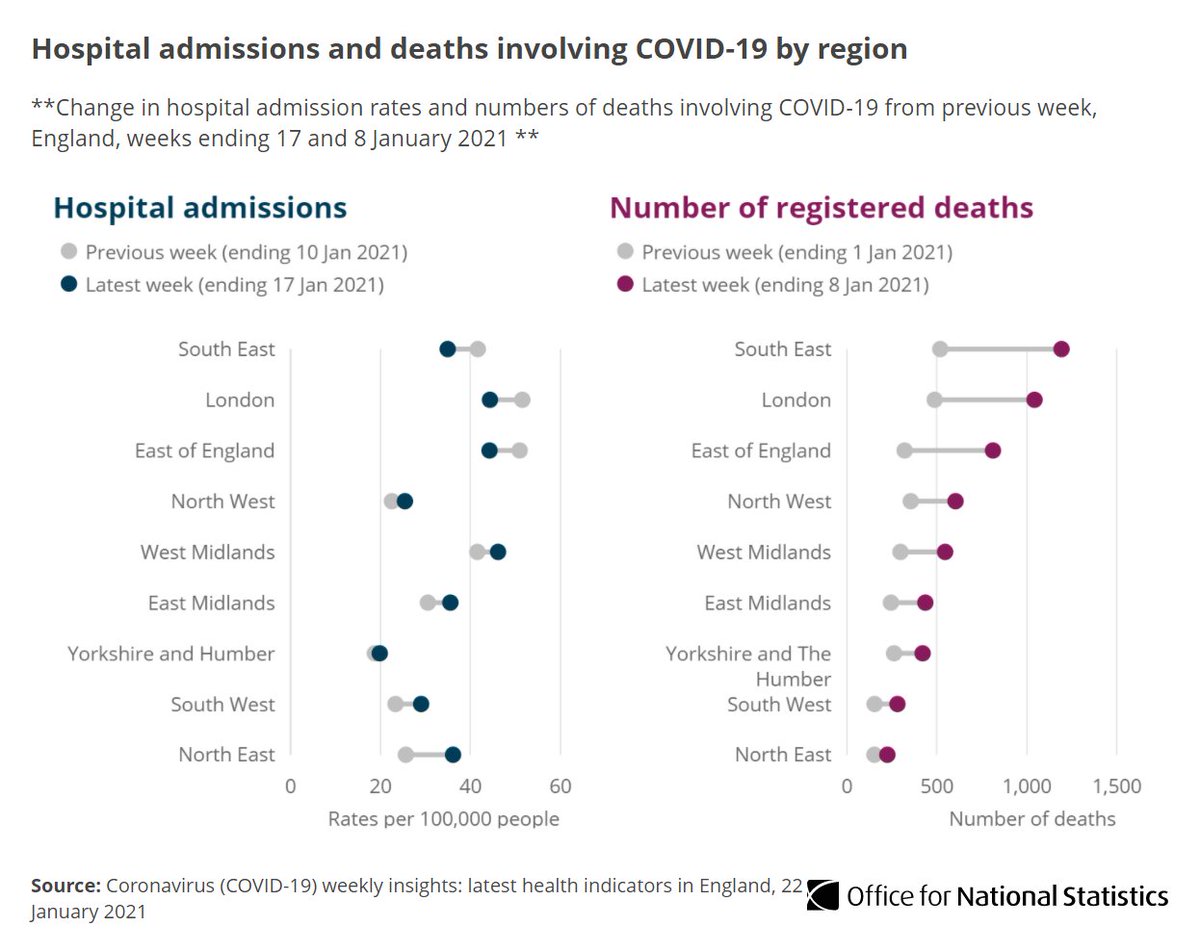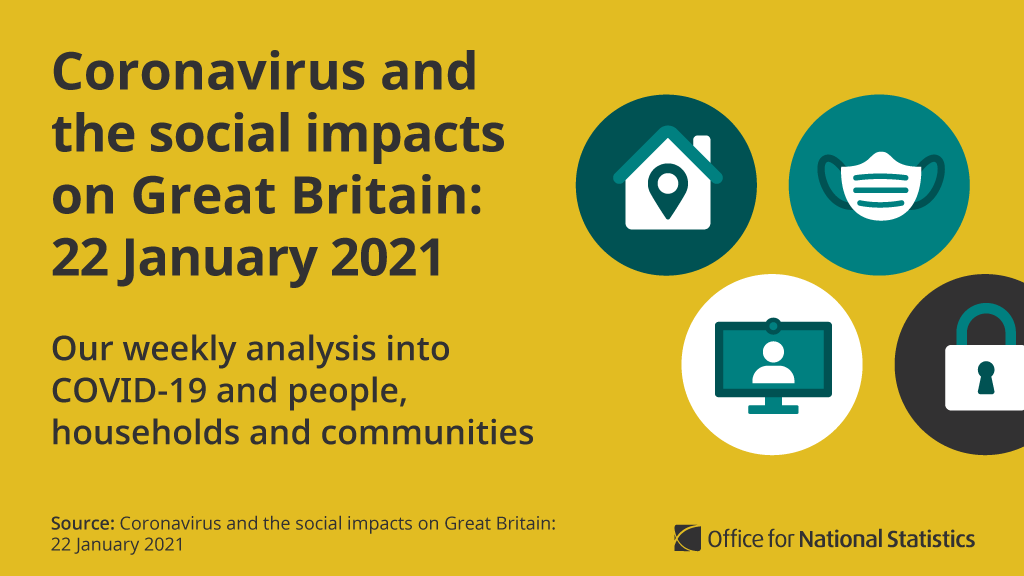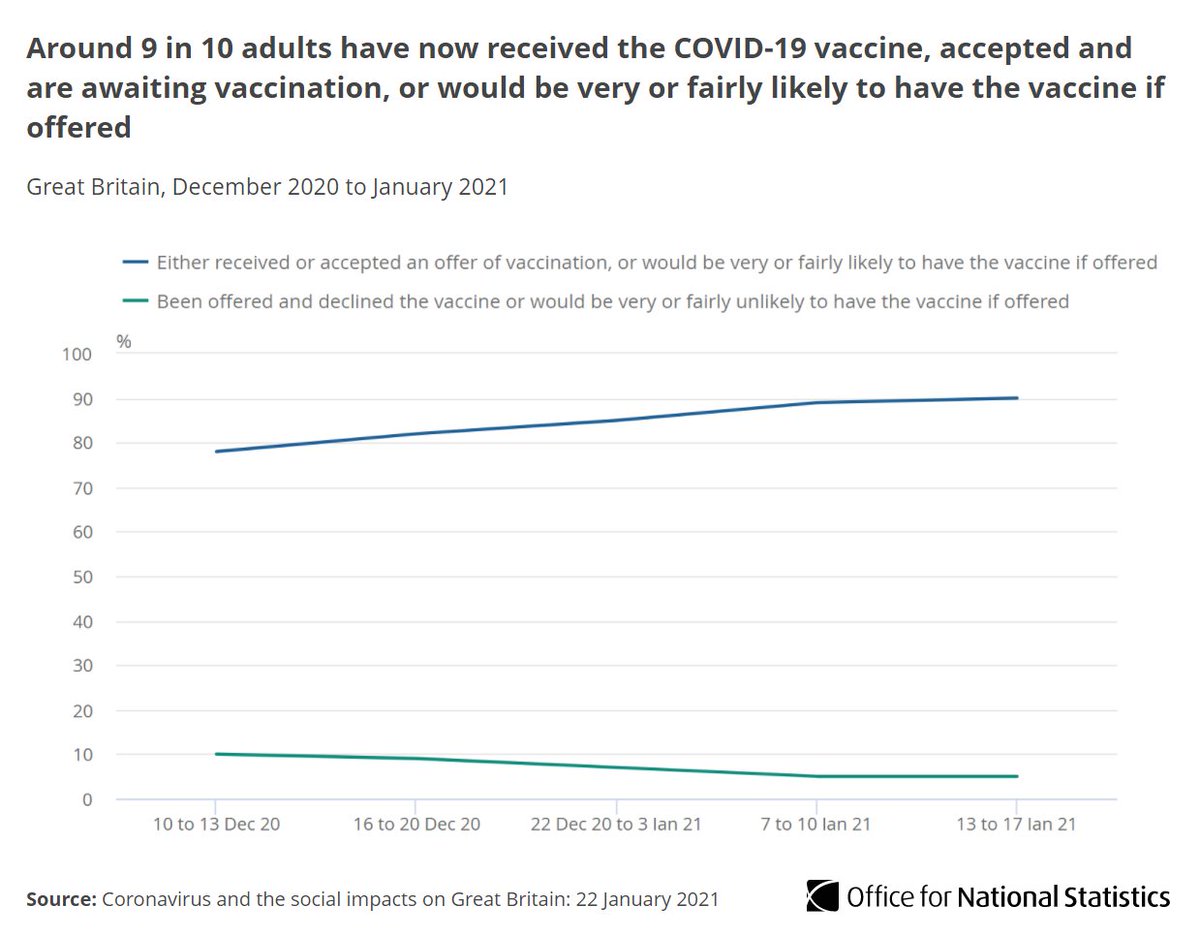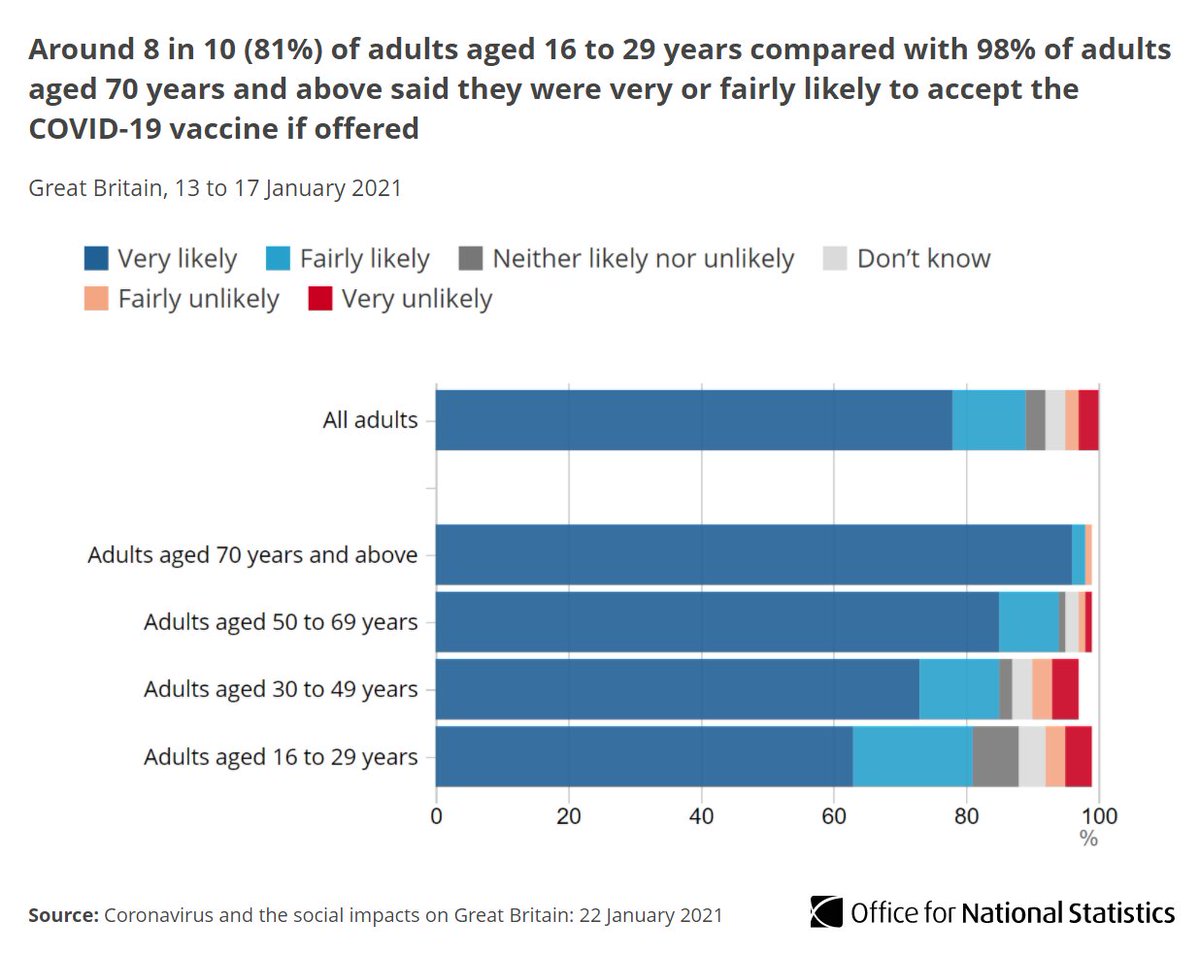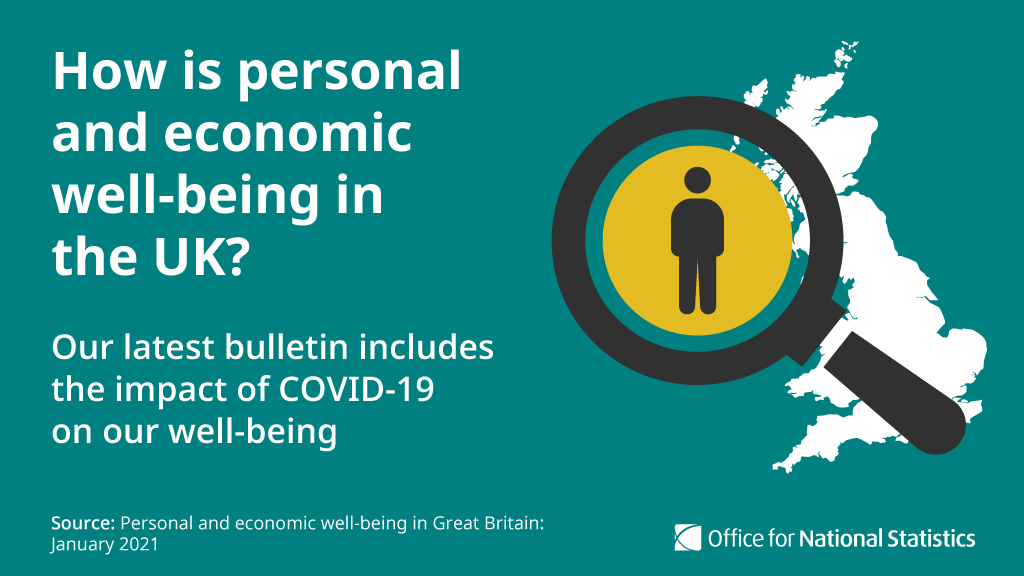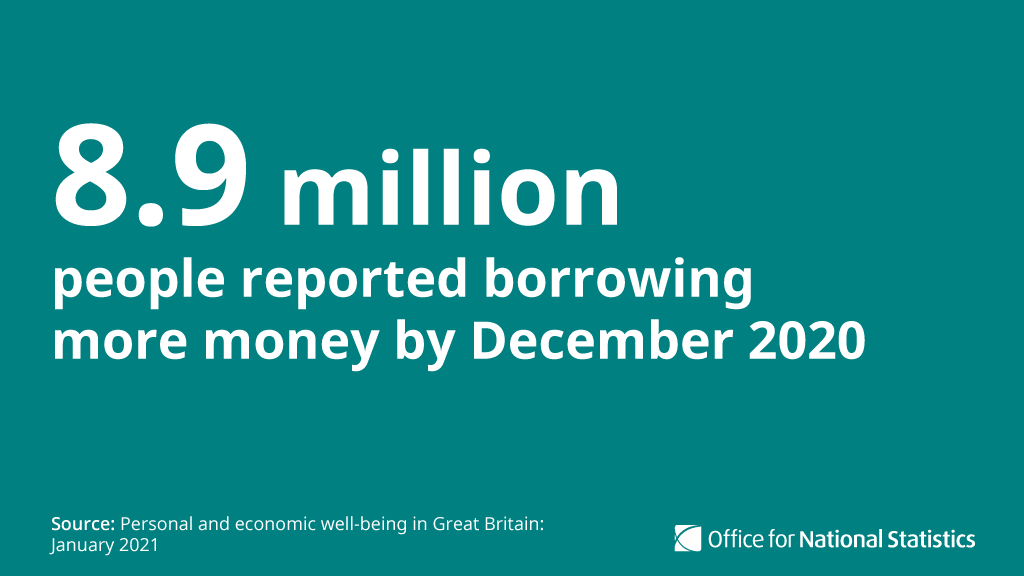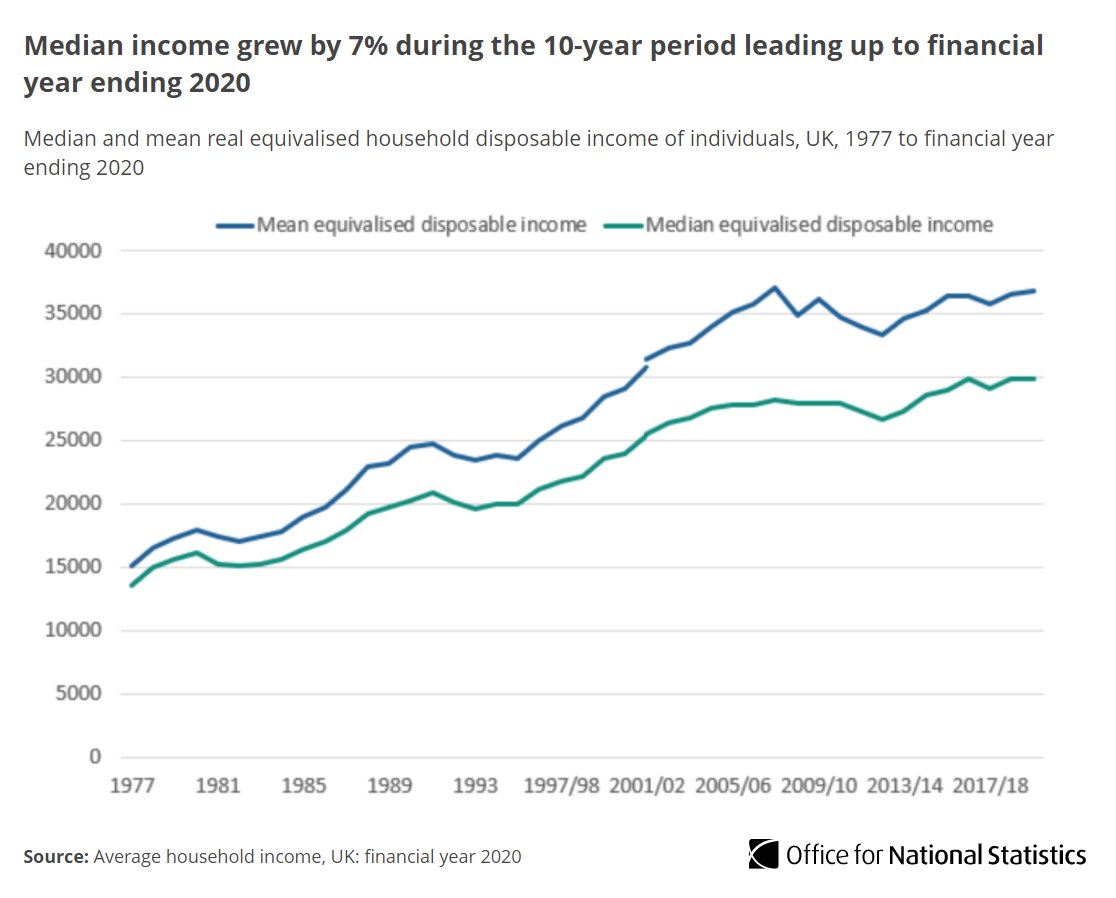
Our latest economic and society impact indicators have been published today as part of our response to the #coronavirus pandemic ow.ly/H5h150Dee8w 

For the first time we are publishing an experimental faster indicator for estimating UK debit and credit card purchases ow.ly/vF5v50Deech
CHAPS data from the @bankofengland represent a big step forward in our ability to see how short-term purchasing habits are changing ow.ly/7GTt50Deegg
CHAPS retail consumer purchases were on average 4% greater in December 2020 than in February 2020.
This increase was driven by staples and delayable spending, such as in supermarkets and other retail stores, which typically increase in December ow.ly/jeRF50DeehT
This increase was driven by staples and delayable spending, such as in supermarkets and other retail stores, which typically increase in December ow.ly/jeRF50DeehT

Spending fell in the week after Christmas and has remained low for work-related, social and delayable expenditure.
This coincided with the extension of Tier 4 restrictions in England on Boxing Day and the start of national lockdown on 5 January 2021 ow.ly/N2VV50Deelp
This coincided with the extension of Tier 4 restrictions in England on Boxing Day and the start of national lockdown on 5 January 2021 ow.ly/N2VV50Deelp
The latest Business Impact of Coronavirus Survey shows 26% of UK businesses currently trading said that turnover had decreased by more than 20% compared with what is normally expected for this time of year ow.ly/4Hv050Deep0
According to the latest Opinions and Lifestyle Survey, in the week ending 17 January 2021 the proportion of working adults in Great Britain who travelled to work in the last seven days stayed the same as the previous period at 48% ow.ly/GifS50DeeuH
Retail data from @Springboard_ show in the week ending 17 January 2021, overall retail footfall in the UK is at 33% when compared with the same week a year ago.
This is the lowest level since the week ending 7 June 2020 ow.ly/uevx50Deeya
This is the lowest level since the week ending 7 June 2020 ow.ly/uevx50Deeya

Job advert figures from @Adzuna show between 8 and 15 January 2021, the volume of online job adverts decreased across all UK regions, except for Yorkshire and The Humber ow.ly/Ivnp50DeeB4
Shipping data from @exactEarth shows the seven-day average of the number of daily cargo ship visits has increased recently but has remained low at an average of 88 visits ow.ly/2fSq50DeeGy 

• • •
Missing some Tweet in this thread? You can try to
force a refresh



